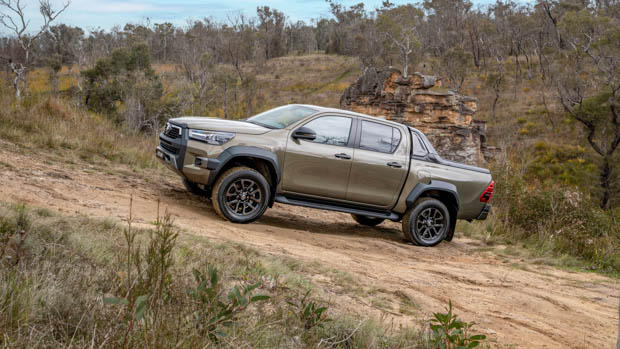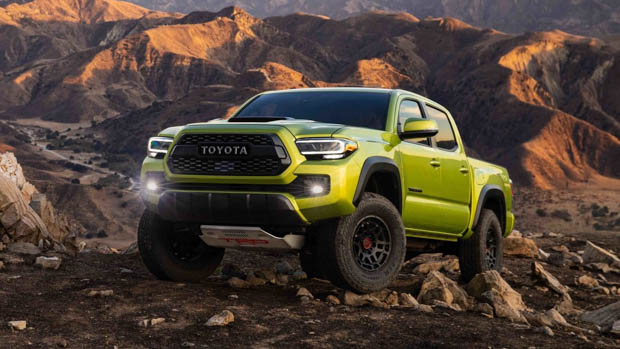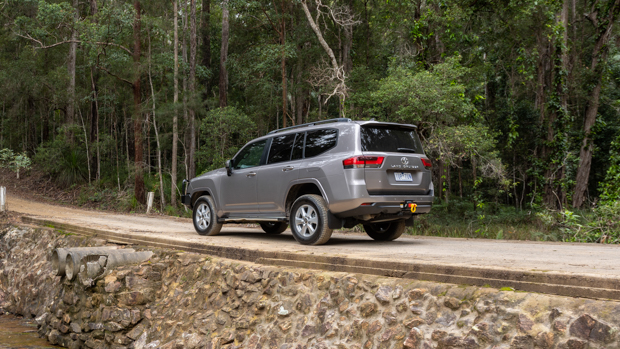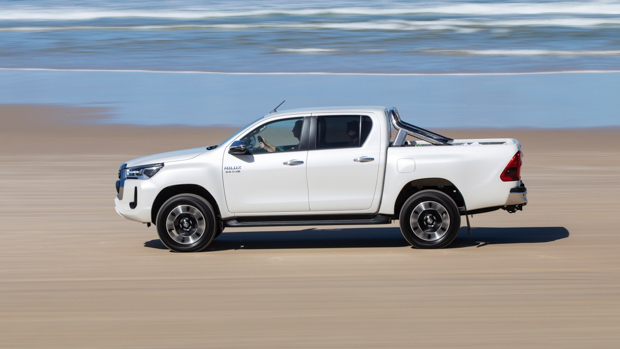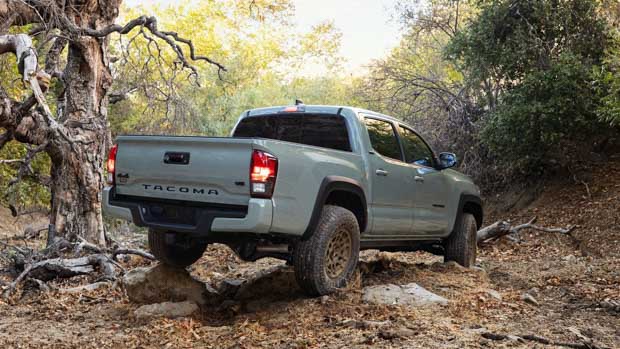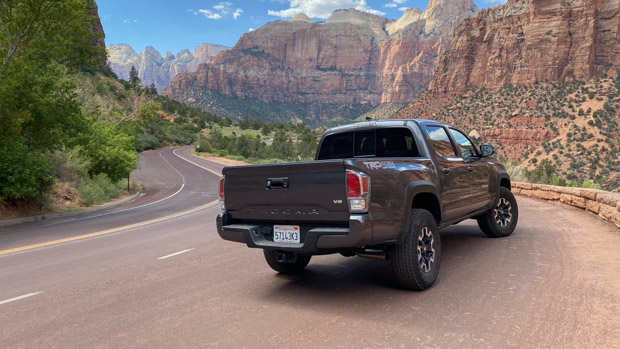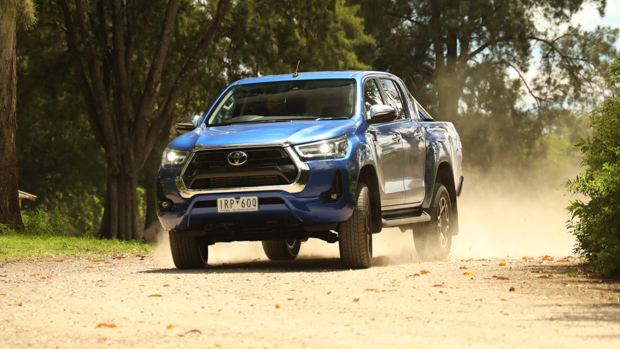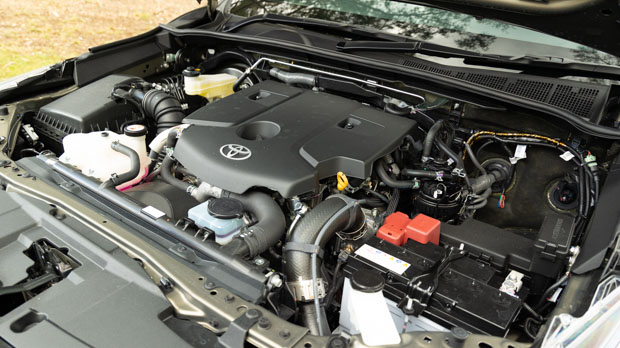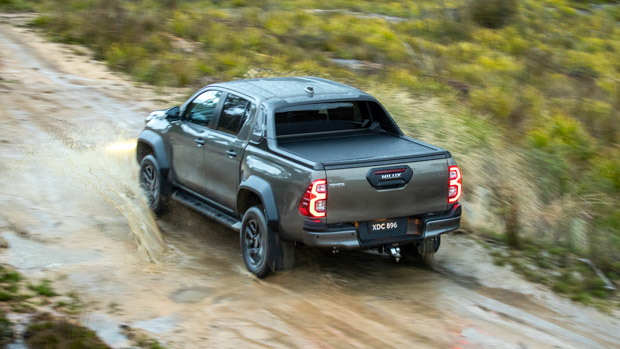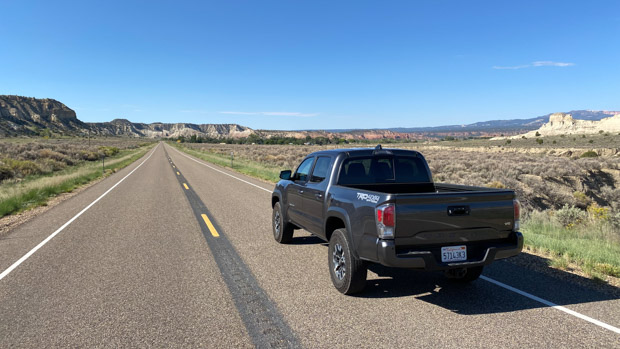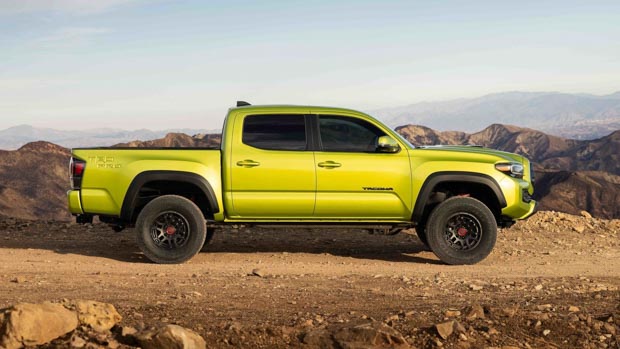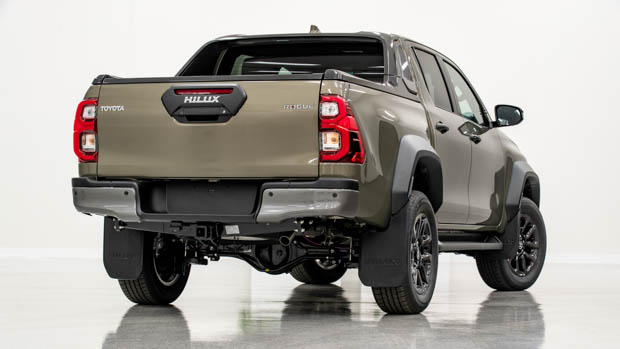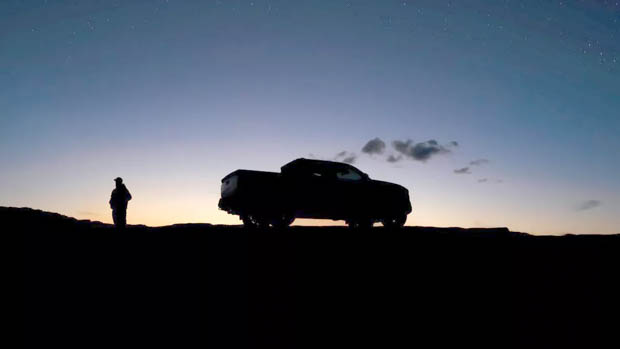-
Car Reviews
- Car News
-
Car Comparisons
Latest comparisons
- Chasing Deals
Chasing Cars compares two of Toyota’s most popular utility vehicles, but what’s so different about them?
Although the Toyota Tacoma and Hilux are two very different beasts, they do share some common characteristics; they’re off-road capable with four-wheel drive, have a large rear tray and seat five people.
But there has also been a lot of talk recently surrounding the next Toyota Tacoma and one key question: will the Tacoma share its parts with the next Hilux?
Often the greatest indicator of the future though is the past though so let’s break down what makes these two utes so similar yet so different and how they might look in the future.
Although some people believe the current-generation Hilux rides on a TNGA platform, the utility vehicle actually rides on Toyota’s IMV ladder-frame platform. This platform was developed for the Asia-Pacific region and also underpins the Toyota Fortuner large SUV.
The Toyota Tacoma, on the other hand, is the distant American cousin of the Hilux, though it’s roughly the same size and also sits within the global ‘midsize ute/pickup’ designation.
It has been on sale in third-generation form since 2015, and Chasing Cars deputy editor Curt Dupriez had the pleasure of piloting one on a recent trip to the states and noted that the Tacoma was softer and more refined than its Hilux sibling, though this came at the expense of its core capacity figures.
Both models will be replaced soon, with the new-generation Tacoma already being teased in the US, with a hybrid drivetrain already confirmed.
The Tacoma is very likely to move to the TNGA-F platform shared with the Land Cruiser 300 Series 4WD wagon and Tundra full-size pickup, which could mean a bigger ute in almost every proportion.
A wider and tougher-looking Hilux is also expected to ride on this same TNGA-F platform.
The Toyota Hilux Rogue, as an example, measures in at 5325mm long, 1855mm wide and 1865mm tall, with a wheelbase of 3085mm.
The Tacoma, meanwhile, is 5392mm long, 1910mm wide and 1793mm tall, with a longer wheelbase of 3235mm.
In terms of towing, the Hilux Rogue has a 3500kg towing capacity and can take a payload of 794kg.
The Tacoma has a lower rated towing capacity of 2900kg, and a payload of just 514kg.
Up until 1995, the then fifth-generation Hilux was imported into the US, branded as the Pickup model line. During that year, the Pickup was replaced by a different, American designed and built midsize pickup named the Tacoma.
With the HiLux remaining as Toyota’s do-all midsize utility for many global markets, the Tacoma reformulated the midsize pickup concept for North American buyers tastes.
Thus, the Tacoma was designed as predominantly petrol-powered, nicer riding and comfier vehicle, a sport pickup with fewer concessions for commercial-type use, that was and remains targeted towards North American, where the larger F150 has traditionally been charged the towing and payload-lugging heavy lifting.
The Tacoma is therefore considered as more of a lifestyle ute than a predominant force in the commercial space.
The Hilux, on the other side, has much more commercial background and is more capable in terms of what it can hold and tow, making it the perfect choice for tradespeople or commercial workers who can also use the ute on the weekends recreationally.
The current Hilux’s core engine option is a 2.8-litre turbo-diesel four-cylinder engine that produces 150kW/500Nm. A smaller 2.7-litre petrol engine or 2.4-litre turbo-diesel unit are also available for lower grades.
The Tacoma, meanwhile, has been powered by either a 2.7-litre petrol four-cylinder engine with 119kW/244Nm, or a 3.5-litre V6 engine with 207kW/359Nm since 2015.
The Hilux in current top-spec Rogue guise is arguably the best performing Hilux that there has ever been.
Toyota recently widened the track of the Hilux Rogue for better stability off-road, as well as beefing up the suspension and adding roll bars for greater handling. A rear differential is standard on higher Hilux grades such as the Rogue.
However, the Hilux GR Sport has been announced for Australia with more power (165kW/550Nm) and more focus on off-road performance.
The current Tacoma is currently offered in seven variants, however the TRD Pro comes fitted with Fox internal bypass shock absorbers, a Pro front-mounted skid plate, a locking rear differential, a performance cat-back exhaust and 16-inch alloy wheels wrapped in off-road tyres.
The Toyota Hilux is well specced even in the lower grades, however the Rogue model is fitted with the following standard specifications:
To contrast, the TRD Pro variant of the Tacoma is fitted with the following features:
Although the Tacoma has more standard off-road features, both models are surprisingly similar when it comes to their standard specification.
The Toyota Hilux’s core markets include Australia, Thailand, the Philippines, South Africa, Japan and India, as well as parts of Europe.
The Hilux is predominantly built in Thailand, South Africa, Malaysia and Pakistan.
The Tacoma, meanwhile, is very American focused, selling in North America, Canada, Mexico, Costa Rica, Bolivia, Bermuda and the island of New Caledonia.
The Tacoma is built in Tijuana, Mexico, and Texas in the United States.
Latest news
About Chasing cars
Chasing Cars reviews are 100% independent.
Because we are powered by Budget Direct Insurance, we don’t receive advertising or sales revenue from car manufacturers.
We’re truly independent – giving you Australia’s best car reviews.
